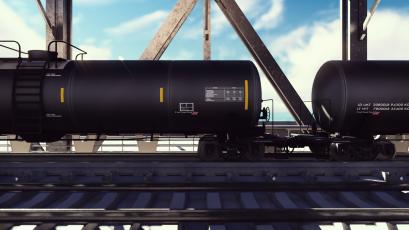“With a largely marine-based supply chain, Florida can call upon supplies available in the Atlantic. There are numerous storage terminals in the nearby Caribbean, and supply via refineries in Canada and Europe aren’t far away.” – Mason Hamilton, Energy Information Administration
Hurricane Irma’s expected landfall in Florida this weekend has raised many questions about fuel supply in the coming days. Irma comes just two weeks after Hurricane Harvey shut down multiple refineries along the Texas and Louisiana Gulf Coasts. Refineries that shut down ahead of the storm took measures to proactively protect the refineries and the employees who were there to monitor and mitigate any potential damage resulting from the storm.
The good news is that all but a handful of the impacted refineries have restarted operations, and AFPM’s members are committed to helping ensure that new supply reaches all markets that are accessible and in need of need fuels.
Many Gulf Coast refineries produce fuels that are normally delivered to Florida on marine vessels, as the state has no refineries and little connectivity to major U.S. pipeline systems. AFPM recently connected with Mason Hamilton, a petroleum markets analyst with the Energy Information Administration, to discuss the potential impacts to Florida’s fuel supply ahead of and after Irma.
According to Mason, the current effects on supply and prices that we are seeing are likely the result of pre-storm filling of vehicles, which has caused a rapid increase in demand — putting strain on available supplies. He noted that after a hurricane, demand often slows, which provides time for resupply to arrive.
Seaports take fuel deliveries from both domestic and foreign sources. Domestic seaborne cargoes normally arrive to Florida from the Gulf Coast before being distributed by local pipelines or trucks. Fuels also arrive overland in Northern Florida via pipelines from the Southeast. Imports can come from storage facilities in the Caribbean and refineries in Europe and Asia.
Regardless of the storm’s path, there are multiple ways for Florida to still receive the fuel the state’s residents will require in the days following Irma. If ports should close on Florida’s East Coast, others on its West Coast could remain open to help keep supplies coming, or fuel could be transported over land via trucks from the Southeast. This should alleviate concerns of widespread, prolonged shortages in the storm’s aftermath.



